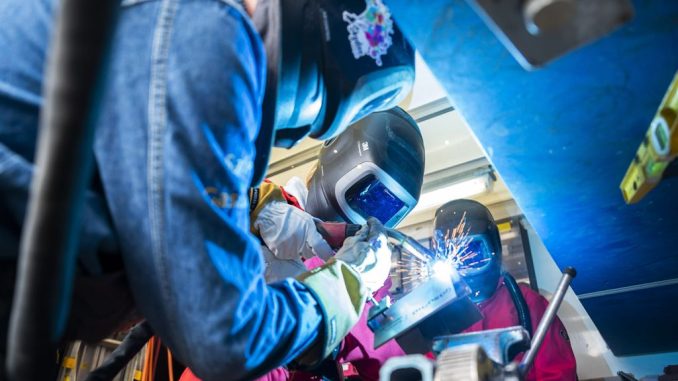
More and more women are becoming economically independent, mothers are working more and more often
The economic emancipation of women is not yet complete. A larger proportion of Dutch men than Dutch women are still economically independent, according to a study by Statistics Netherlands.
CBS researchers looked at how many men and women between the ages of 15 and retirement age earn more than the social assistance level. Pupils and students were not included in the study.
The figures show that around 70 percent of women now fend for themselves financially. 45 years ago – when these types of figures were first recorded – this only applied to 20 percent of women. In men it is fairly stable at around 80 percent.
Women have had to fight for their economic rights. For example, until 1958, women were automatically fired upon marriage if they worked for the government. Only when PvdA MP Corry Tendeloo started agitating against the ban in the House of Representatives two years earlier did he succeed in abolishing it with a narrow majority.
In the 1970s, the labor ban was lifted. However, marriage and especially the birth of children still had a great effect on the economic independence of women. In the 80s, 90s and 00s there is still a dip after the age of 25 for women.
This effect is now also decreasing. The current generation of young women are more likely to continue working and work longer hours than their mothers and grandmothers.
Women’s strikes
The fact that more and more women earned enough to make ends meet did not automatically mean that they earned as much as men. In the second half of the last century there were several women’s strikes to correct this.
For example, in 1973, a few hundred female employees at the Optilon factory in Winschoten went on strike for three weeks. They wanted to earn as much as their male colleagues for their work in the zipper factory.
In the late 1980s, their example was followed by 22 women from the Roosendaal ballpoint pen factory Bic. They took action against unequal treatment in the workplace. For example, unlike men, they had to work with a time clock and could only join the pension fund after two years of work, which meant they accrued less pension.
Wage gap decreased
Then found none women’s strikes more space. The pay gap between men and women also decreased. Yet women still earn less on average than men. In December, CBS came up with: new figures about wage differences.
It then turned out that women in government earn on average 5.1 percent less than male colleagues. In the business community the difference is even 16.4 percent. The differences are greatest at top positions.

Be the first to comment